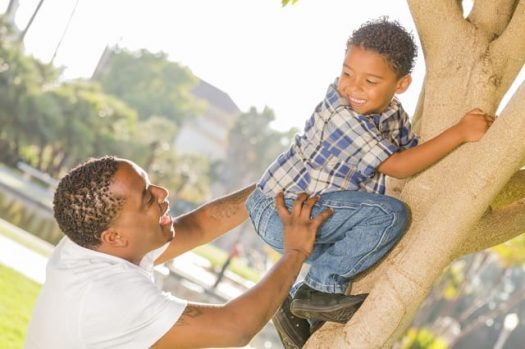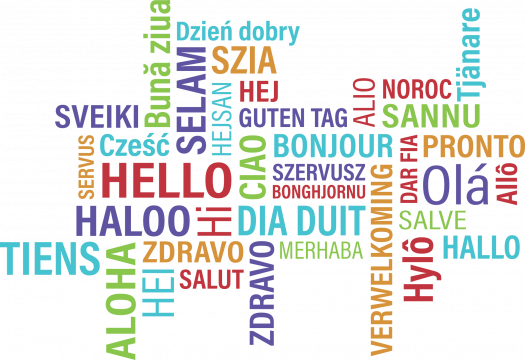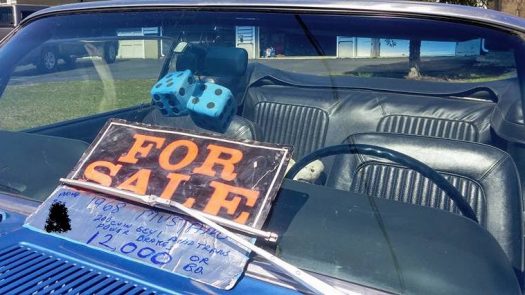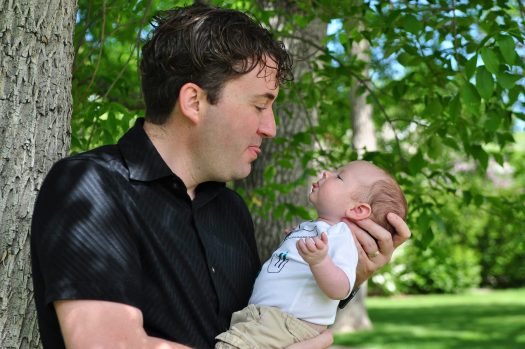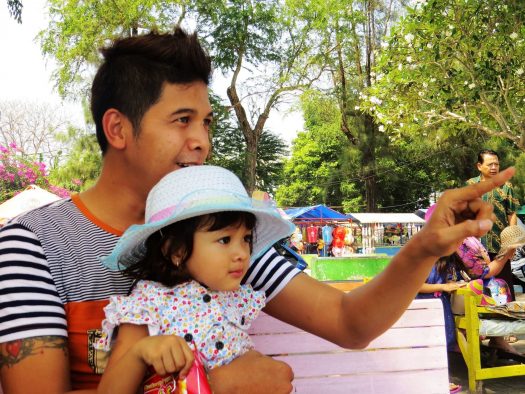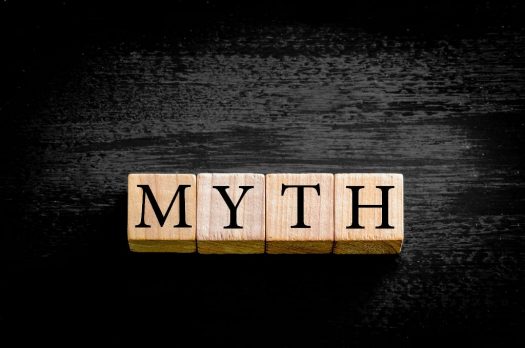
Education professionals desire quality resources and information related to dual language learners. In order to provide that, we reached out to Elizabeth D. Peña, Ph.D. at the University of California, Irvine. Dr. Peña, a certified Speech-Language Pathologist, is a professor in the School of Education. She is also an American Speech Language Hearing Association Fellow. Her research focuses include bilingualism, language impairment, language development, and assessment bias & measurement. In this three-part blog series Dr. Peña hopes to answer your questions and help dispel common myths.




